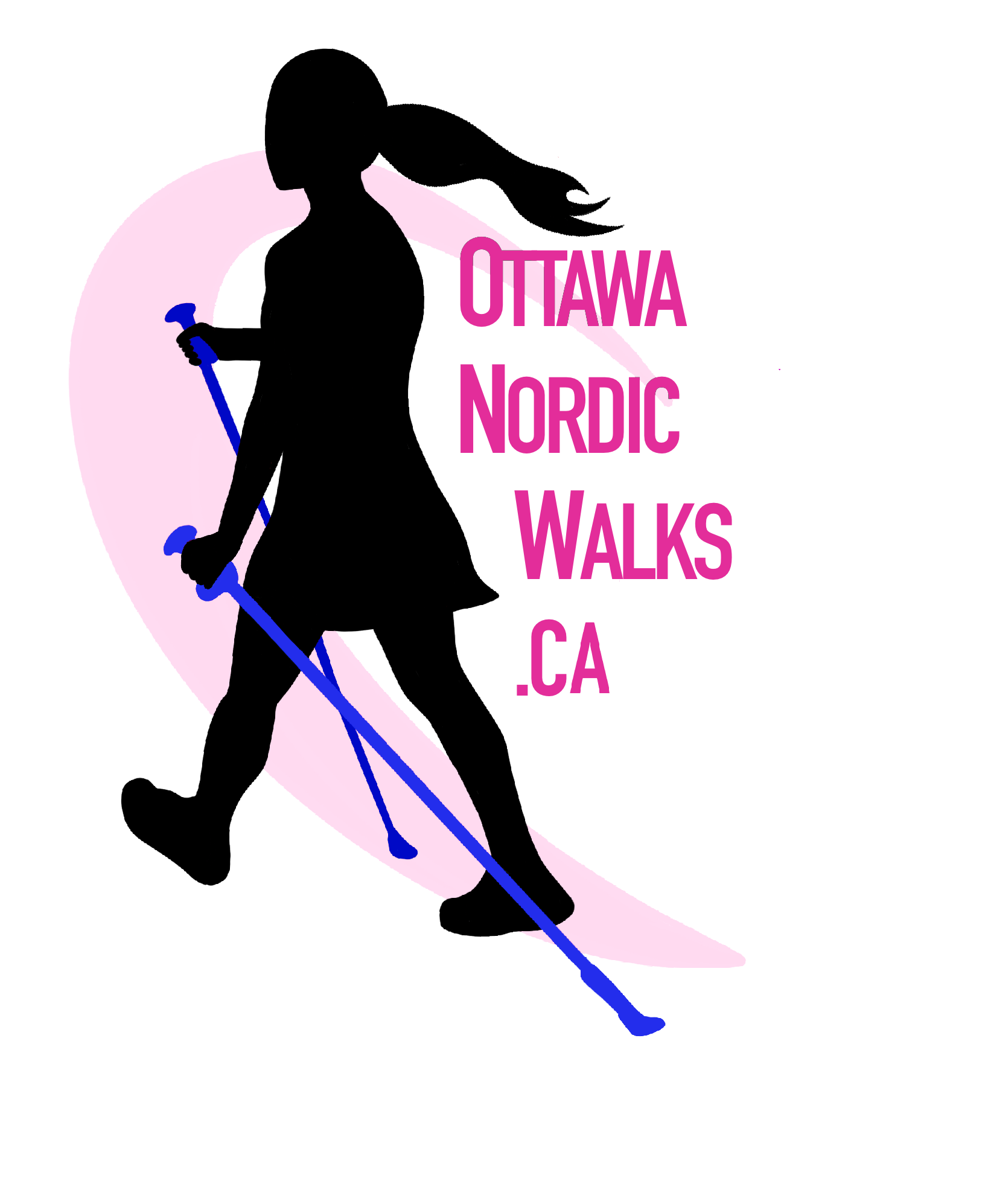What is the best way to safely enhance your cardio-vascular fitness and build muscle strength while walking?
For health and fitness purposes, many people seek to increase the physical challenge of their walking exercise. They ask their upper body to work harder by carrying hand weights. Or they wear a weighted vest thereby increasing the load their core and leg muscles must support and move. Both approaches are quite reasonable; the harder our muscles, heart and lungs work during exercise, within reason of course, the more effective the exercise session. However there are risks to weighing the body down; a better solution is actively using poles to lift the body up – developing upper body strength, reducing lower body impact, and facilitating erect posture all while enhancing cardiovascular effort.
Risks & Benefits of Weighing the body down
Carrying hand weights works the bicep and forearm muscle groups, but induces tension and fatigue quickly as the elbow and wrist must maintain a prolonged static position. It is better for the spine, shoulders and arm joints to move freely while walking, this encourages muscle relaxation that is surprisingly important for prevention and management of upper back, neck and shoulder pain.
Weighted vests have shown benefit for people living with low body mass, osteopenia and osteoporosis as the additional weight helps stimulate strong and healthy bones. However, they should be worn under professional prescription and supervision, particularly if the wearer has poor upper body posture commonly seen with these conditions or has kyphosis and forward head posture related to excessive screen time. Wearers must capable of maintaining an erect posture.
In addition, additional weight causes gravity to bear down harder and compressing our lower body joints. People with poor knee alignment (genu valgus or varus) or poor lower body strength, should avoid walking while weighted down. Gravity is more than enough for many people. Research shows that people who carry extra body weight and who live with hip or knee osteoarthritis can reduce their pain and improve their function by losing 5-10 % of these weight. It stands to reason that adding weight is not in such walkers’ best interest.
In my physiotherapy practice working with many medically retired military veterans, I have seen the negative effects of carrying heavy rucksacks over prolonged periods of time. These veterans in their mid-40s and 50s believe the many hours of walking while carrying heavy weighted backpacks contributed to their chronic back, hip and/or knee pain (they also blamed the footwear, often heavy boots, they wore during these weighted walks).
Benefits of Nordic Walking with Proper Technique
The opposite of weighing oneself down with a weighted vest, rucksack or hand weights is to off-load the lower body joints using Nordic Walking poles. Nordic poles, used with proper technique, have been demonstrated to off-load lower body joints (lumbar spine, hips, knees, feet and ankles). The off-loading is achieved by using the arms and upper back to push actively down into the ground and behind the body. This effort provides the additional benefit of strengthening the upper body, while improving posture, and of course, by asking the upper body muscles to work harder, the heart and lungs also working harder thereby improving the cardio-vascular benefit. Used with proper technique, the poles propel the walker forward increasing stride length and walking speed and makes walking more comfortable for anyone living with lower body joint arthritis.
Nordic Walking encourages an engaged core, the correct motion is similar to that of Nordic skiing (probably the fittest athletes at the winter Olympics!), as well as paddling. Interestingly, these are some of the very few activities where the main forces are created behind, rather than in front of the body.
Full disclosure: I use Nordic walking poles (Urban Poling brand) for my own health and fitness. I also counsel many of my physiotherapy clients to use them regularly both for fitness and rehabilitation purposes.
I suggest you try NW as a way to enjoy endurance exercise that is much harder than regular walking but much kinder to the joints.



